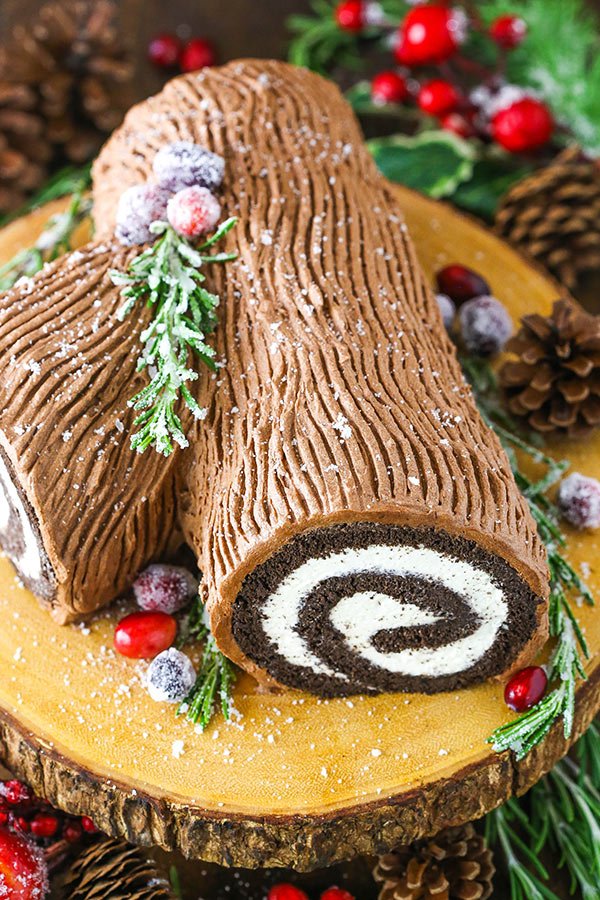Our son had a fascination with Druids when he was in high school and once listed his religion as “Druid” on an information form. Living in a neighborhood that housed a huge Serbian Orthodox cathedral and numerous other churches, I’m fairly certain he was the only self-declared Druid in his school. But he was far from the only person keeping the spirit of the Druids alive. Almost all of us are doing that, especially at this time of year. The practices of the Druids, Celtic priests, live on.
For example, they believed that the sun stood still for twelve days at the winter solstice. The Celts called this festival Alban Arthuan. Fires were lighted to praise the sun, conquer darkness and banish evil spirits. This, of course, worked like a charm; the sun did return, rising higher in the sky. But while the Druids were lighting their fires, they were not singing “The Twelve Days of Christmas”. Those days of partridges and pear trees came much later.
The Druids were, however, extremely interested in trees, although they were oak, not pear trees. They lit a Yule log on the eve of the solstice and burned almost all of it in the next twelve days to bring good luck. A piece was saved to start the fire for the next year.
Might there be a delicious connection here to the wonderful French Christmas dessert, Buche de Noel, a cake shaped like a log and decorated with holly?
And speaking of holly, the Druids laid it around their doors and windows at solstice time. In addition to staying green and beautiful when all the other leaves were withered, holly served two other purposes. First, it was believed to shelter tiny fairies that came in from the cold forest and second, it would capture evil spirits before they could enter the homes.
A Yule tree was also decorated at midwinter with bright decorations of the sun, moon and stars. Then gifts were hung on the tree as offerings to the gods and goddesses. The Celts apparently thought that gifts, aka bribes, might be helpful in coaxing the sun to come back. We now let science take care of the sun and give the presents to each other.
Mistletoe was sacred to the Celts who believed it contained the soul of the oak tree. They ascribed to it the powers of healing disease, making poison harmless, bringing fertility and banishing witchcraft. When enemies happened to meet beneath the mistletoe in the forest, they would lay down their arms and declare a truce until the next day. This practice evolved into hanging mistletoe in doorways as a symbol of peace and goodwill. But the Celts weren’t kissing under the mistletoe…that was an invention of the Victorian era.
Our present days are wrapped with multitudinous strings from the past……may we enjoy them all.

0

Wonderful information! I am going to pass it on to my family.
AND, a Merry Christmas to you and Russ!
Mary–very informative & interesting! And I love the picture!